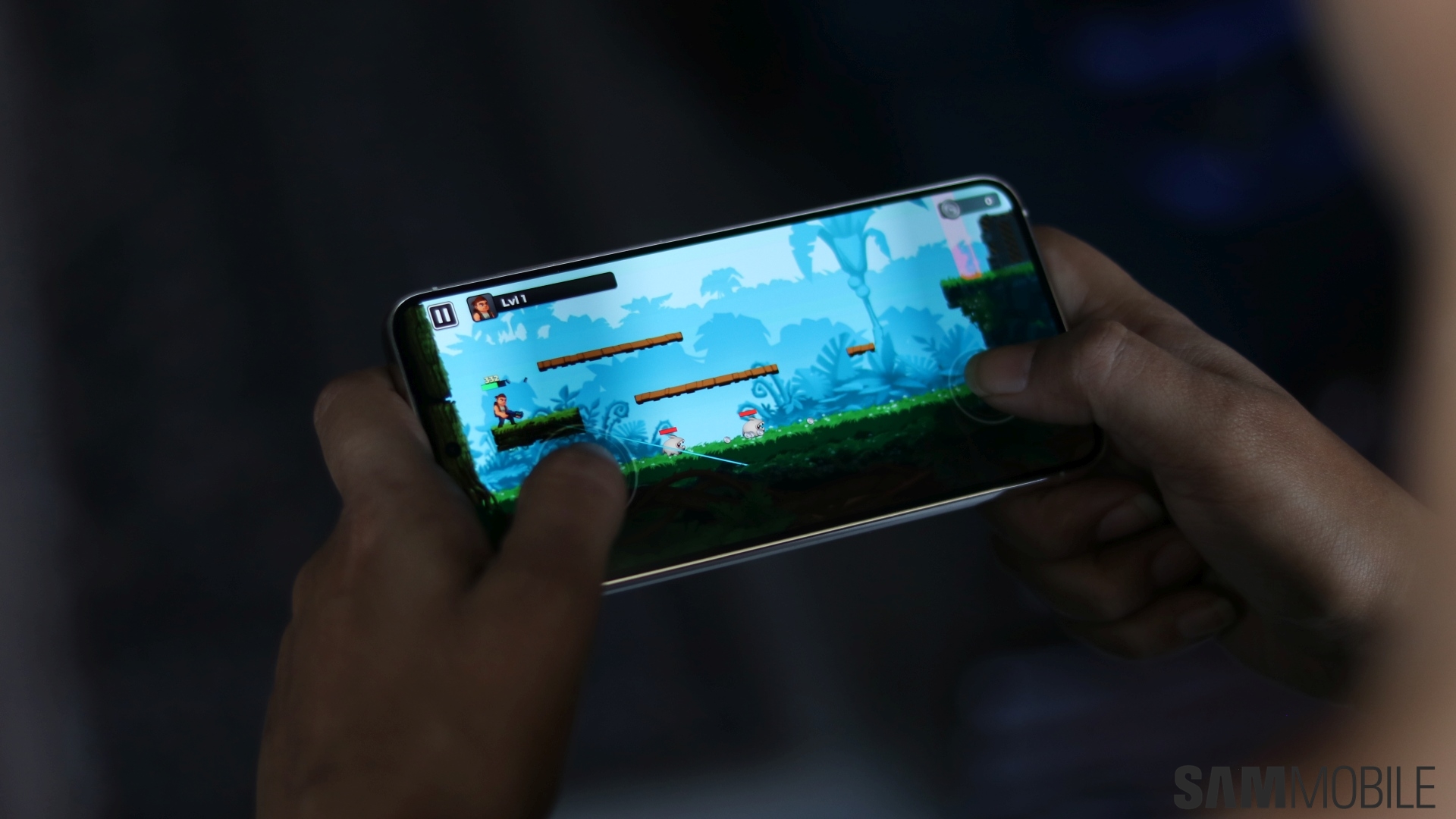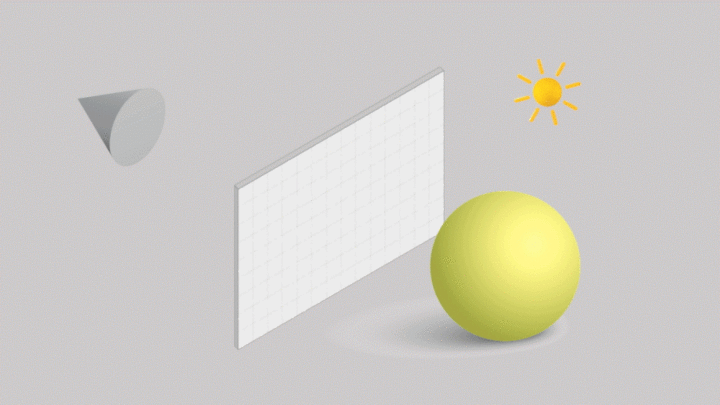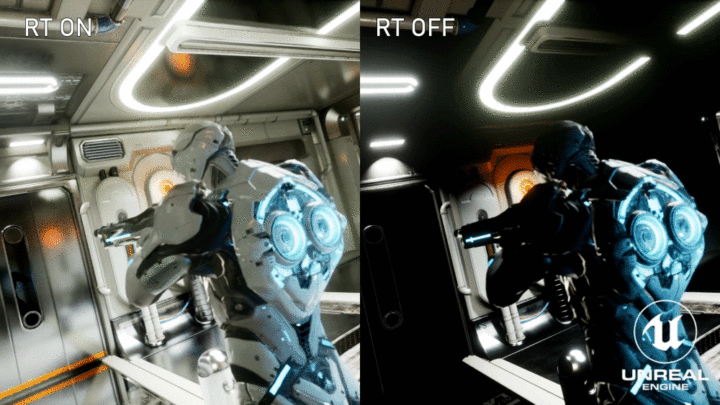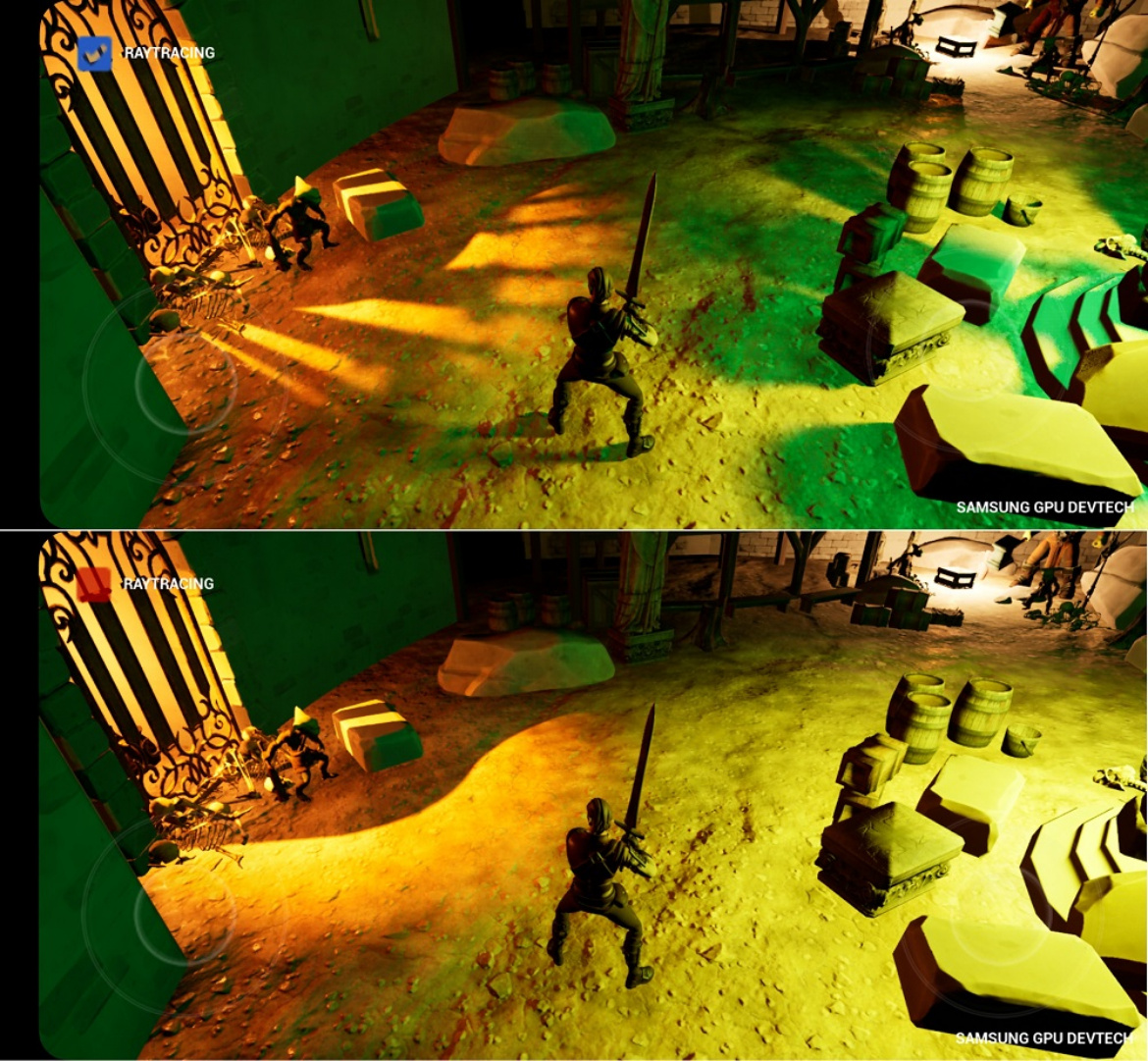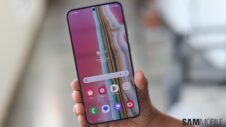Ray tracing technology has barely reached the PC and high-end console markets. Nevertheless, Samsung is determined to make this advanced graphics rendering technique a reality for mobile games on Galaxy devices. And to this end, Samsung is open to collaborations with mobile game and graphical engine developers.
After recently demonstrating what this rendering technology can achieve, the company's ray tracing devs from the MX Business' System Platform R&D Group, Jungwoo Kim and Joonyong Park, shared a few key details about Samsung wanting to overcome the challenges of bringing ray tracing to mobile.
But what is ray tracing, and is it more than just a buzzword? Well, it may seem like the latter is true, but only because, at the moment, no mobile games feature ray-traced graphics. However, Samsung wants to change that.
In short, ray tracing is a different rendering technique that can generate more realistic environments than the standard rasterization technique, which has limitations. For example, rasterization relies on a shadow map to generate shadows. This map is created before the scene and adjusted according to virtual objects. In contrast, ray tracing rendering actually simulates how rays of light interact with objects in a scene in real-time.
Technicalities aside, ray tracing can help game developers create more realistic and immersive shadows, lighting effects, and reflections. This technology has been used for a long time by the 3D animation industry in films. However, movies are not interactive, and such realistic scenes could be (and have been) created slowly and painstakingly frame-by-frame.
Bringing such an advanced rendering technique to mobile games, which are highly interactive, and Galaxy smartphones and tablets is a challenge. And Samsung has been working diligently to make this happen for a while now.
The Galaxy S23 is a stepping stone for ray tracing on mobile
Samsung has been preparing to offer ray tracing technology in mobile game engines since two years ago, said Joonyong Park in a recent interview. But this is a team effort, and Samsung has been cooperating with various companies, including the developer of Unreal Engine, Epic Games, and numerous game developers, to prepare for the arrival of ray tracing on mobile.
Since this rendering technique demands very powerful hardware, the goal was to develop efficient rendering and overcome challenges “by reducing the number of computations while maintaining the same level of quality.” In other words, Samsung and industry devs have been working on optimizing ray tracing technology for mobile.
The approach is similar to how Samsung and Epic Games worked on bringing the Vulkan API to mobile with the release of the Galaxy S7 years ago. Samsung helped make that a reality for the Android market. Now, the tech giant and Epic Games are making ray tracing possible for game developers and mobile gamers.
Samsung says the Galaxy S23 series is an important stepping stone on that journey. “From now on, I expect the pipeline of creating and consuming graphic content to change in a way that is aligned with ray tracing,” said Park.
Are Ray tracing-enabled mobile games coming this year?
Mobile games using ray tracing are not yet available for download, but developers say they intend to “use this technology widely, starting with the Galaxy S23 series.” Although there are no concrete release dates, this could mean that the first ray-traced mobile games may launch later this year. But regardless of when this technology goes live, players may need at least a Galaxy S23 to enjoy ray tracing graphics.
“If there's a game company that shows an interest in new mobile GPU technology, it will be more than welcome,” added Park when asked about the future of mobile gaming. Samsung is “working very hard to apply Ray Tracing technology to more mobile games.”
